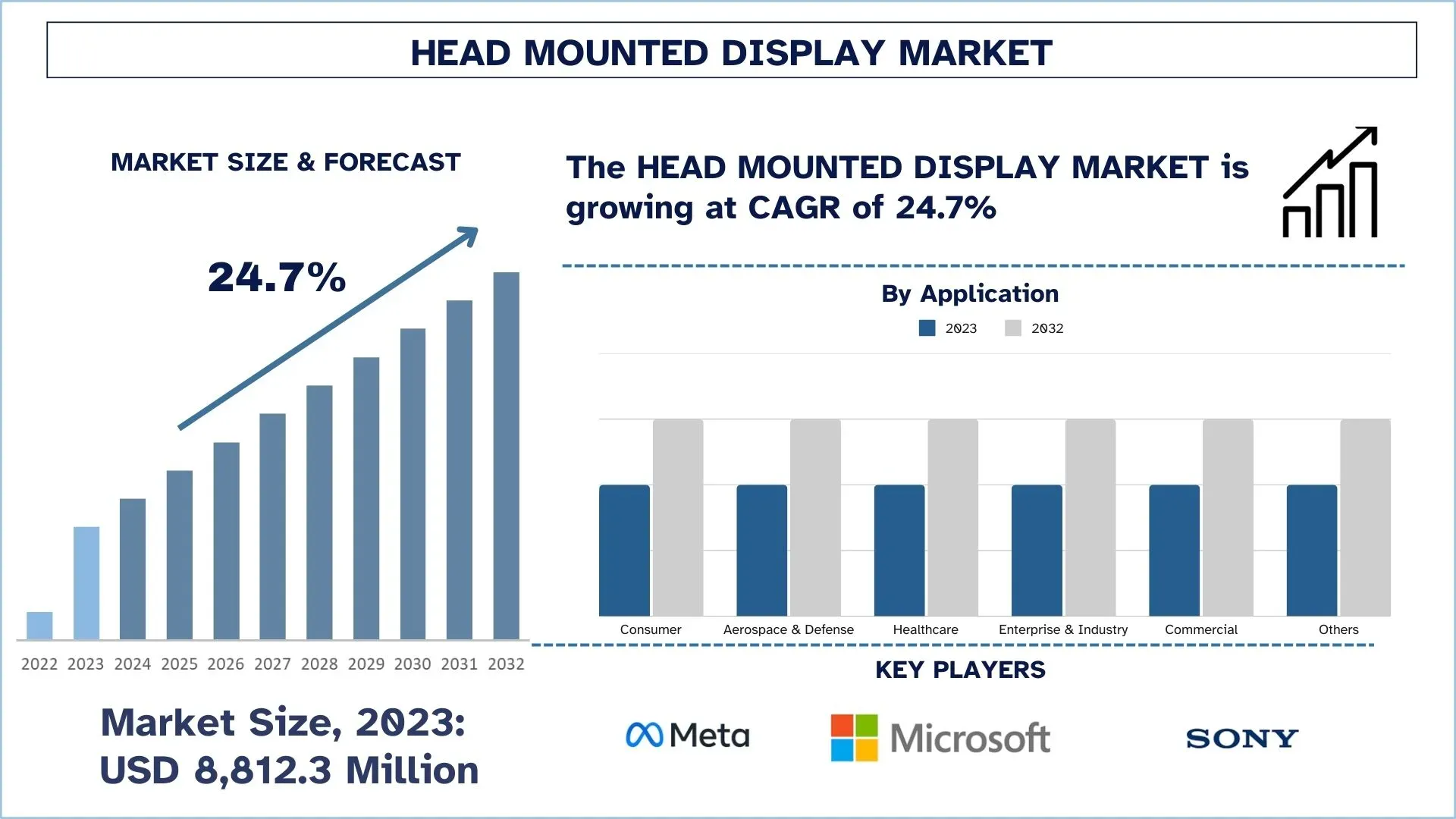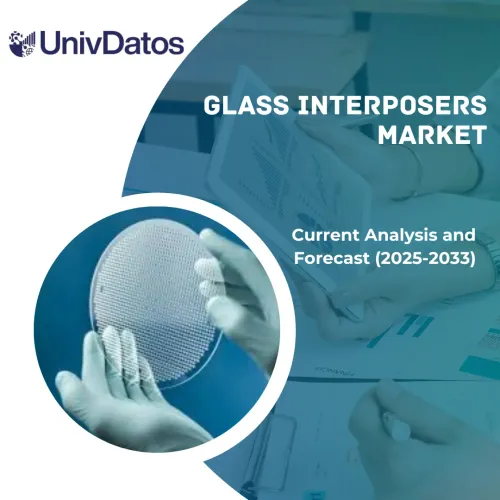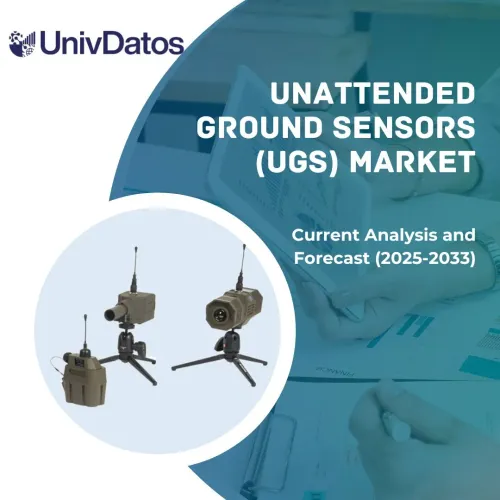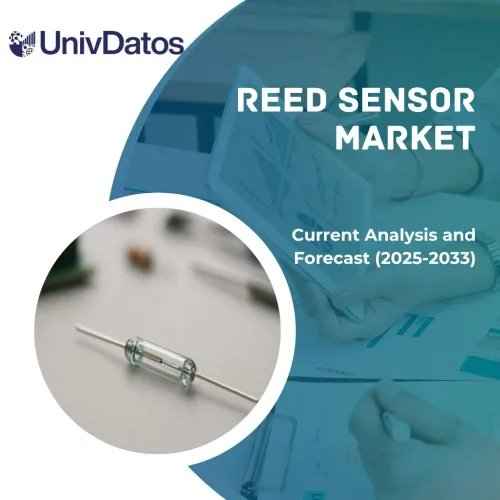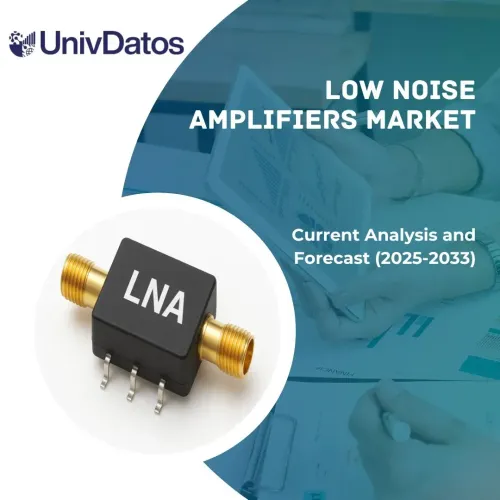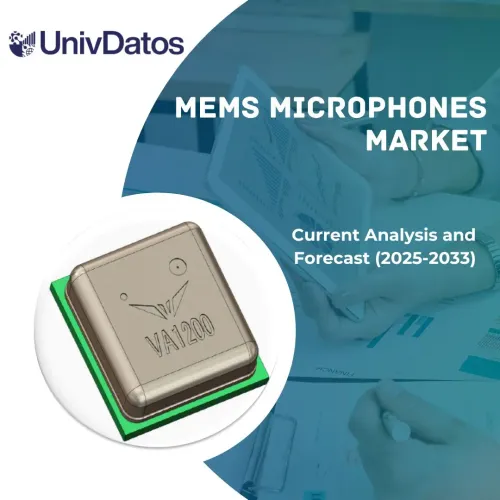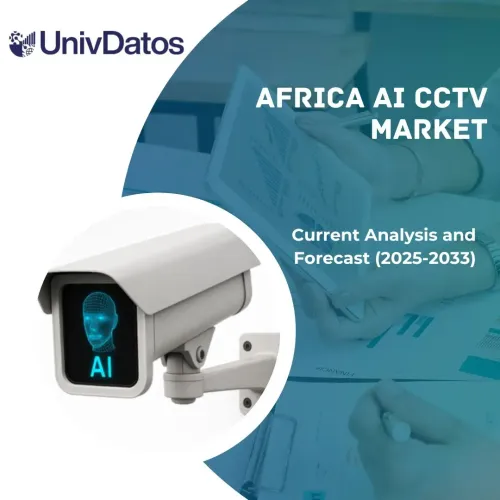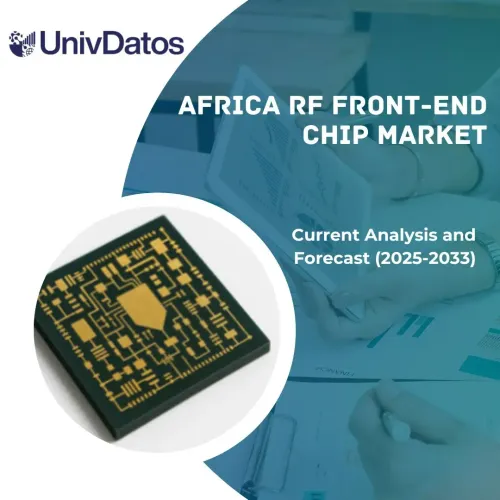- Startseite
- Über uns
- Industrie
- Dienstleistungen
- Lesen
- Kontaktieren Sie uns
Head-Mounted-Display-Markt: Aktuelle Analyse und Prognose (2024-2032)
Fokus auf Technologie (Augmented Reality und Virtual Reality); Anwendung (Konsumenten, Luft- und Raumfahrt & Verteidigung, Gesundheitswesen, Unternehmen & Industrie, Handel und Sonstige); Komponente (Display, Prozessoren & Speicher, Sensoren, Linsen, Controller und Sonstige); Region/Land
Head Mounted Display Marktgröße & Prognose
Der Markt für Head Mounted Displays wurde im Jahr 2023 auf 8.812,3 Millionen USD geschätzt und wird voraussichtlich im Prognosezeitraum (2024-2032) mit einer robusten CAGR von rund 24,7 % wachsen, was auf die steigende Nachfrage nach immersiven AR/VR-Erlebnissen in den Bereichen Gaming, Gesundheitswesen, Bildung und Industrieanwendungen zurückzuführen ist.
Head Mounted Display Marktanalyse
Geräte, die auf dem Kopf getragen oder in Helme eingebaut werden und dem Benutzer ein immersives Erlebnis in virtueller Realität (VR), erweiterter Realität (AR) oder gemischter Realität (MR) bieten, sind im Markt für Head Mounted Displays (HMD) enthalten. Die Anwendungen reichen von den Bereichen Gaming, Gesundheitswesen, Bildung, Unternehmen, Militär und Unterhaltung für diese Geräte. Der Haupttreiber für einen solchen Markt ist die steigende Nachfrage nach immersiven Spielerlebnissen, die schnelle Einführung von AR/VR-Technologien in unternehmensbasierten Anwendungen, neue Displaytechnologien wie OLED und Micro LED sowie der wachsende Einsatz von 5G-Netzwerken, die die Konnektivität für AR/VR-Erlebnisse ermöglichen. Regierungsinitiativen und Investitionen des Privatsektors in AR/VR beschleunigen die Einführung von HMD in der industriellen Ausbildung, der virtuellen Zusammenarbeit, der Telemedizin und anderen Bereichen.
Zu den am schnellsten wachsenden Märkten für HMDs gehören Länder wie China, Indien und Südkorea. Sein starkes Produktionsökosystem, das durch sein starkes Produktionsökosystem, die staatliche Unterstützung für AR/VR-Innovationen und die Einführung im Bereich Gaming und industrielle Ausbildung angetrieben wird, treibt sein Wachstum an. Es ist aktenkundig, dass Indien sich zu einem Schlüsselmarkt für uns entwickelt, angesichts seiner aufblühenden, technikaffinen Bevölkerung, der erschwinglichen Smartphone-Penetration und der wachsenden Akzeptanz von AR/VR für Bildung und Fernausbildung. Herausragend ist die Entwicklung, einschließlich der 5G-Infrastruktur, die ein sehr nahtloses VR-Erlebnis ermöglicht, und die Führungsrolle bei Technologieinnovationen, insbesondere im Bereich Gaming. Aufgrund der rasanten Bereicherung der AR/VR-Ökosysteme aus diesen Ländern und ihrer daraus resultierenden Wachstumsrate des globalen HMD-Marktes in den kommenden Jahren.
Head Mounted Display Markttrends
Dieser Abschnitt behandelt die wichtigsten Markttrends, die die verschiedenen Segmente von Head Mounted Display beeinflussen, wie sie von unserem Team von Forschungsexperten identifiziert wurden.
Regierungspolitik zur Unterstützung der Head-Mounted-Display-Industrie
Regierungsmaßnahmen und -entscheidungen beeinflussen die Entwicklung und den Vertrieb von Head Mounted Displays stark. Zu den wichtigsten Politikbereichen gehören:
Subventionen und Zuschüsse für die AR/VR-Entwicklung: Länder wie China, die USA und Südkorea unterstützen die AR/VR-Forschung und -Innovation durch Subventionen und Zuschüsse, die von den Regierungen der Welt bereitgestellt werden.
Steueranreize für die Einführung von Technologien: Mehrere Regierungen auf der ganzen Welt haben Steueranreize geschaffen, um Unternehmen anzuziehen, die in AR/VR-Technologien für industrielle Anwendungen investieren, und infolgedessen werden HMDs in großem Umfang in Branchen wie der Fertigung und dem Gesundheitswesen eingesetzt.
Finanzierung für AR/VR-Startups: Indiens "Digital India" und Südkoreas "Digital New Deal" gehen beide den Weg der Finanzierung von AR/VR-Startups, um das technologische Wachstum und Innovationen anzukurbeln, die immersive Lösungen antreiben werden.
Integration von AR/VR in die Bildung: Regierungen beeilen sich, AR/VR in die Lehrpläne zu integrieren, um das Lernen sowohl unterhaltsam als auch produktiver zu gestalten.
Verteidigungs- und Militärinvestitionen: Im Rahmen ihrer Programme zur Modernisierung der Verteidigung investieren Länder wie die Vereinigten Staaten und Israel sehr stark in AR/VR-fähige HMDs für militärische Ausbildung, Simulation und operativen Einsatz.
Ausbau der 5G-Infrastruktur: In der Region Asien-Pazifik, Europa und Nordamerika treiben die Regierungen den Ausbau ihrer 5G-Netze voran, was für die nahtlose Bereitstellung von AR/VR-Erlebnissen über HMD von entscheidender Bedeutung ist.
Sicherheits- und Qualitätsvorschriften: Die FDA in den Vereinigten Staaten entwickelt AR/VR-Regulierungsstandards für die medizinische Verwendung von HMDs, um die Sicherheit und die Einhaltung der Qualitätsstandards von AR/VR-HMDs, die von Patienten verwendet werden, zu schützen.
Kollaborative Forschungsinitiativen: Der Horizon 2020-Fonds der Europäischen Union unterstützt Programme wie die Zusammenarbeit bei AR/VR-Projekten, um die HMD-Technologien und ihre Anwendung in verschiedenen Branchen voranzutreiben.
Förderung der intelligenten Fertigung: AR/VR, das durch Strategien wie Chinas "Made in China 2025" und Deutschlands "Industrie 4.0" gefördert wird, unterstützt die intelligente Fertigung und die industrielle Ausbildung durch die Einführung von HMD in diesen Bereichen.
Unterstützung der lokalen Fertigung: Einige Regierungen bieten Anreize, lokale HMD-Hersteller zu werden, um die Abhängigkeit von Importen zu verringern und die heimische Fertigung zu fördern.
Head Mounted Display Marktsegmentierung
Dieser Abschnitt bietet eine Analyse der wichtigsten Trends in jedem Segment des globalen Marktberichts über Head-Mounted-Displays sowie Prognosen auf globaler, regionaler und Länderebene für 2024-2032.
Der Virtual-Reality-Markt dominiert den Markt für Head Mounted Displays.
Basierend auf der Technologie wird der Markt für Head-Mounted-Displays in Augmented Reality und Virtual Reality unterteilt. Der Virtual-Reality-Markt erwarb einen Mehrheitsanteil am Markt für Head-Mounted-Displays und wird voraussichtlich im Prognosezeitraum eine beträchtliche Wachstumsrate aufweisen. Der Hauptgrund für das Wachstum von Virtual Reality (VR) ist die Nachfrage nach immersiven Erlebnissen in den Bereichen Spiele und Unterhaltung sowie in den Ausbildungssegmenten. Die Gaming-Industrie hat dank VR (Virtual Reality) eine Revolution erlebt: Die Spieler haben die Möglichkeit, in hochinteraktiven, lebensechten Umgebungen mit High-End-Headsets wie Meta Quest, PlayStation VR oder HTC Vive zu spielen. VR wird jedoch auch über das Gaming hinaus eingesetzt: Pädagogen und Angehörige der Gesundheitsberufe nutzen VR gleichermaßen für simulationsbasierte Schulungen, bei denen Medizinstudenten und -fachkräfte Verfahren in einer virtuellen Umgebung üben können. Auch der Unternehmenseinsatz trägt zum Wachstum bei, da VR für die Zusammenarbeit aus der Ferne, die Prototypenerstellung von Produkten und die Mitarbeiterschulung genutzt wird. Darüber hinaus erweitern weitere Fortschritte in der VR-Technologie, wie z. B. Displays mit höherer Auflösung, eine bessere Bewegungsverfolgung sowie eine geringere Latenz in 5G-Netzen, die Akzeptanz von VR und verbessern gleichzeitig die Benutzerfreundlichkeit. Das VR-Segment entwickelt sich mit dieser Kombination aus Verbraucher- und Unternehmensanwendungen weiter.
Das Consumer-Segment hält den größten Anteil am Markt für Head-Mounted-Displays.
Basierend auf den Anwendungen wird der Markt für Head-Mounted-Displays in die Bereiche Consumer, Aerospace & Defense, Healthcare, Enterprise & Industry, Commercial und andere unterteilt. Es wird erwartet, dass das Consumer-Segment im Prognosezeitraum eine beträchtliche Wachstumsrate aufweisen wird. Der Anstieg der Nachfrage nach immersiven Spiel- und Unterhaltungserlebnissen ist die Hauptkraft, die für das Wachstum des Consumer-Segments im Markt für Head-Mounted-Displays (HMD) verantwortlich ist. Virtual Reality (VR) und Augmented Reality (AR) haben die Art und Weise verändert, wie Konsumenten mit digitalen Inhalten spielen: immersive Umgebungen mit fraktalen grafischen Designs, die es den Nutzern ermöglichen, mit vollständig lebensechten, interaktiven Welten zu interagieren. Zu den beliebtesten Geräten gehören Meta Quest, PlayStation VR und HTC Vive, die aufgrund ihrer fortschrittlichen Funktionen, ihres Preises und ihrer sich bewegenden Inhaltsbibliothek allgemein beliebt sind. Darüber hinaus hat die zunehmende Einbindung von HMDs in Streaming-Dienste, Fitness-Apps und soziale Plattformen den Zielmarkt über das Gaming hinaus erweitert, sowie die Demografie über diese demografischen Vertikalen hinweg. Die Entwicklung der Gerätetechnologie, einschließlich der Fortschritte bei der Auflösung des Displays, der Bewegungsverfolgung und der Standalone-Funktionen, hat diese Geräte zunehmend erreichbar und attraktiv gemacht, was zu einem robusten Wachstum auf dem Konsumentenmarkt geführt hat.
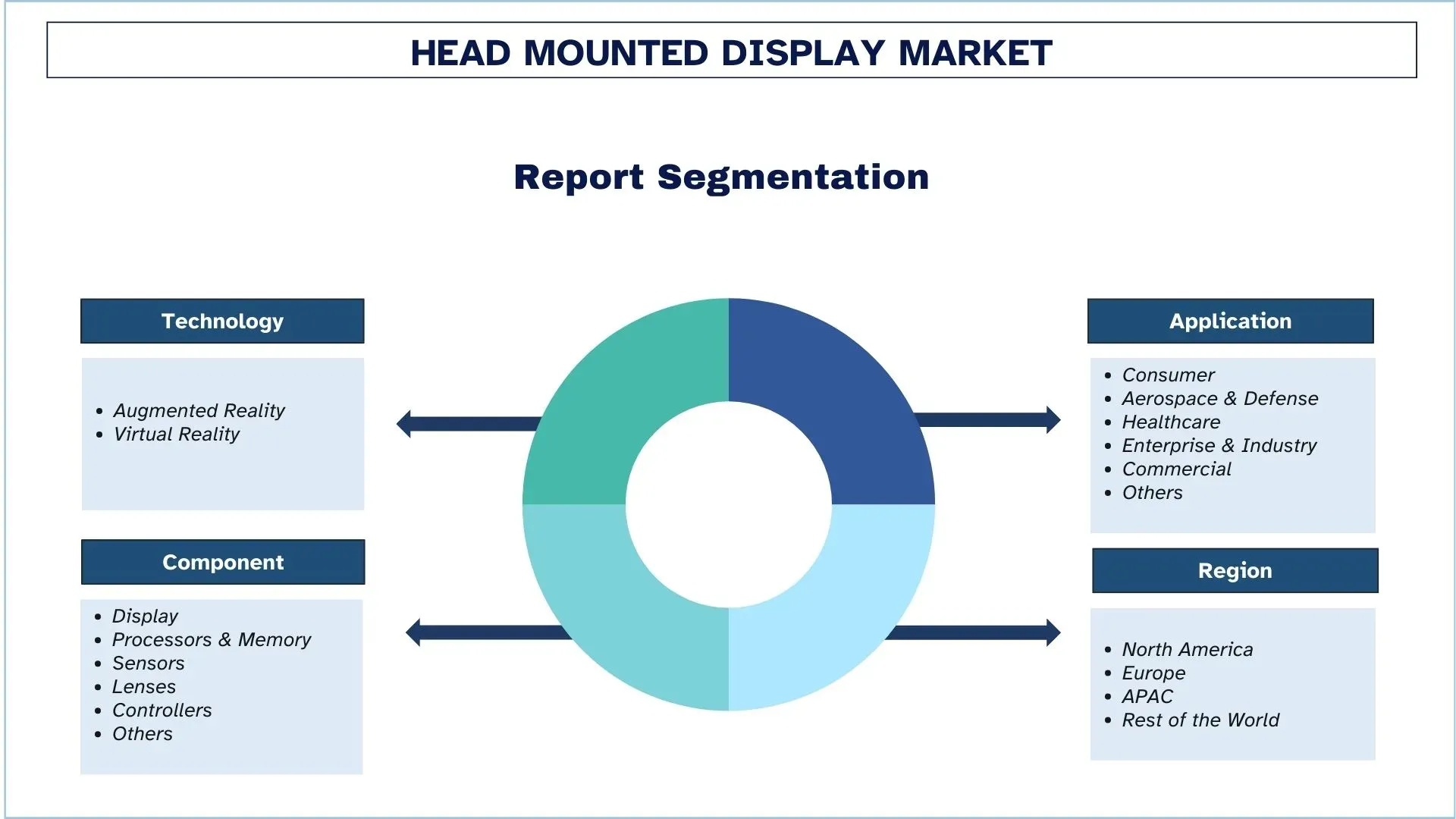
Es wird erwartet, dass APAC im Prognosezeitraum mit einer signifikanten CAGR wachsen wird
Die Region Asien-Pazifik (APAC) hat sich zu einem führenden Markt für Head Mounted Displays (HMDs) entwickelt und profitiert von der wachsenden MDR, der Nachfrage der Verbraucher nach erstaunlichen Erlebnissen und dem Einsatz in der Industrie. Wichtige Länder, die dazu beitragen, sind China, Japan, Südkorea und Indien, wobei China an der Spitze im Bereich Produktion und Einführung steht, da sie die treibende Kraft haben, weil China stark in der Produktion ist und AR/VR-Innovationen in der Regierung unterstützt. Sowohl Japan als auch Südkorea haben von einer fortschrittlichen 5G-Infrastruktur profitiert, die zu Anwendungen in den Bereichen Gaming, Gesundheitswesen und betriebliche Schulungen geführt hat. Gleichzeitig treiben auch Indiens wachsende, technisch versierte Bevölkerung und der zunehmende Einsatz von AR/VR in der Bildung und Fernausbildung die Nachfrage an. Angesichts einer Mischung aus Verbraucher- und Unternehmensanwendungen, Ausgaben für eine günstige Regierungspolitik und hohen Investitionen in AR/VR-Technologien wird APAC zur Schlüsselregion für die Entwicklung des HMD-Marktes werden.
China hält den APAC Head-Mounted Display-Markt
Die Head-Mounted-Display-Technologie auf dem chinesischen Festland expandiert aufgrund der gestiegenen Marktnachfrage bei Spielern sowie bei Gesundheitseinrichtungen und Bildungseinrichtungen sowie in der Fertigungsindustrie in einem erheblichen Tempo. Der Markt entwickelt sich durch den verstärkten Einsatz von Virtual-Reality(VR)- und Augmented-Reality(AR)-Technologien weiter, da diese Technologie es HMDs ermöglicht, intensive Erlebnisse zu bieten, die das Engagement der Nutzer verbessern. Zu den Verbesserungen in der HMD-Technologieproduktion gehören jetzt leichte Designs und eine verbesserte Auflösung mit besseren Komfortmerkmalen, die zu einer größeren Akzeptanz auf dem Konsumenten- und Geschäftsmarkt führen. Die Marktexpansion wird von der chinesischen Regierung sowohl durch die Unterstützung neuer Technologien als auch durch Forschungs- und Entwicklungsinitiativen unterstützt. Der China-HMD-Markt wird aufgrund der steigenden Nachfrage nach innovativen Lösungen in den Bereichen Unterhaltung und Ausbildung sowie in den Bereichen Remote-Assistance ein progressives Wachstum erfahren.
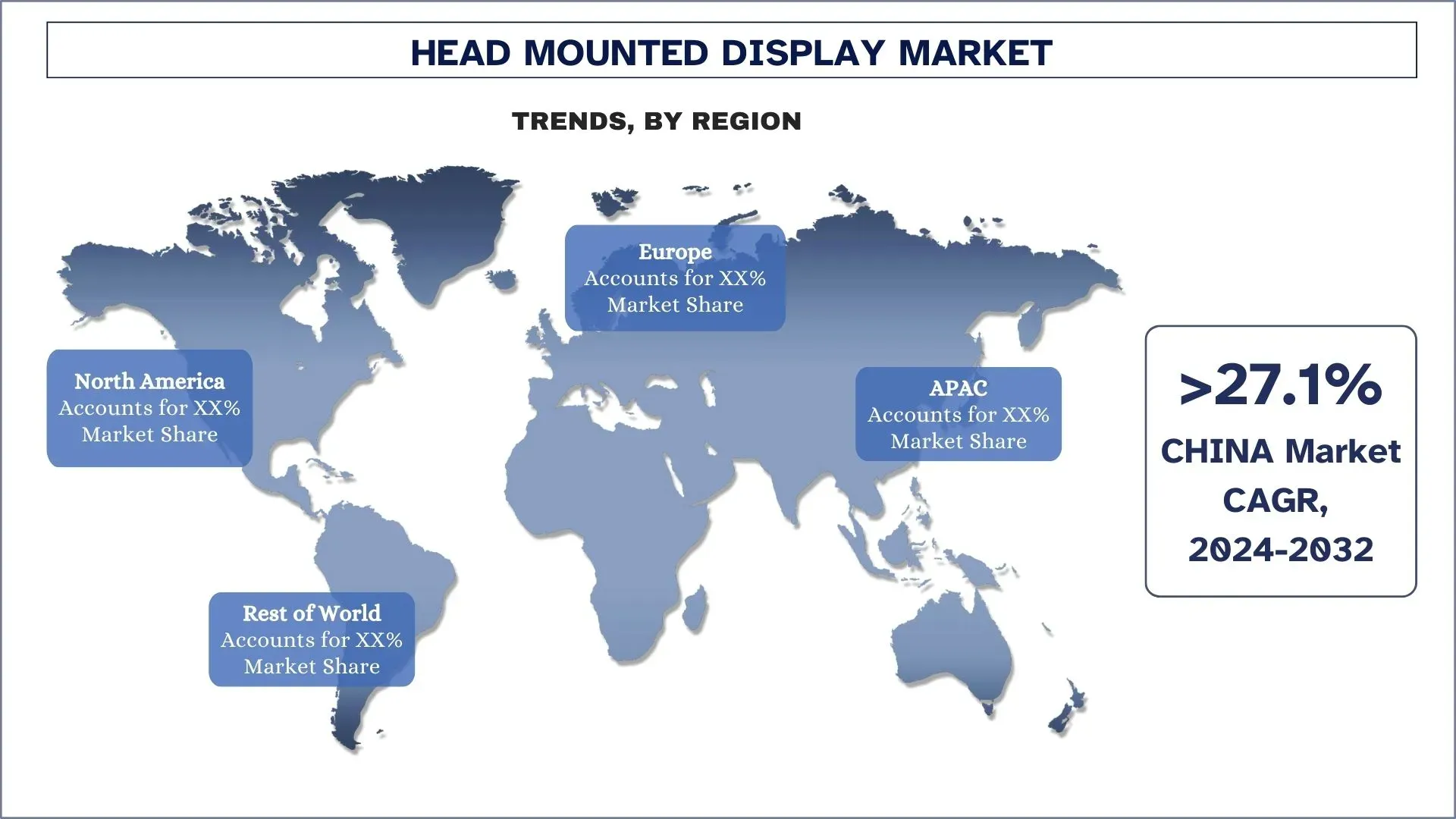
Head Mounted Display Marktübersicht
Der Markt für Head Mounted Displays ist wettbewerbsintensiv und fragmentiert, mit der Präsenz mehrerer globaler und internationaler Marktteilnehmer. Die wichtigsten Akteure verfolgen unterschiedliche Wachstumsstrategien, um ihre Marktpräsenz zu verbessern, wie z. B. Partnerschaften, Vereinbarungen, Kooperationen, neue Produkteinführungen, geografische Expansionen sowie Fusionen und Übernahmen. Einige der wichtigsten Akteure auf dem Markt sind Meta Platforms, Microsoft Corporation, Sony Group Corporation, Magic Leap, Inc., Seiko Epson Corporation, Samsung Electronics Co., Ltd., HTC Corporation, Pico Technology Co., Ltd., DPVR und Vuzix Corporation.
Aktuelle Entwicklungen auf dem Markt für Head-Mounted-Displays
Im November 2024 vereinbarte Teledyne Technologies die Übernahme ausgewählter Geschäftsbereiche von Excelitas Technologies aus den Bereichen Luft- und Raumfahrtelektronik und Verteidigung für 710 Millionen US-Dollar in bar. Die Akquisition umfasst das unter dem Namen Qioptiq bekannte Optiksystemgeschäft mit Sitz in Nordwales, Großbritannien, sowie das in den USA ansässige Geschäft mit fortschrittlichen elektronischen Systemen (AES). Das in Großbritannien ansässige Geschäft mit Optiksystemen bietet fortschrittliche Optik für Head-up- und helmmontierte Displays, abmontierte taktische Nachtsichtsysteme und proprietäres Glas, das in Raumfahrt- und Satellitenanwendungen verwendet wird.
Head Mounted Display Marktberichtsabdeckung
Berichtsattribut | Details |
Basisjahr | 2023 |
Prognosezeitraum | 2024-2032 |
Wachstumsdynamik | Beschleunigung mit einer CAGR von 24,7 % |
Marktgröße 2023 | USD 8.812,3 Millionen |
Regionale Analyse | Nordamerika, Europa, APAC, Rest der Welt |
Wichtiger Beitragender Region | Es wird erwartet, dass Asien-Pazifik im prognostizierten Zeitraum mit der höchsten CAGR wachsen wird. |
Wichtige abgedeckte Länder | USA, Kanada, Deutschland, Spanien, Italien, Frankreich, Vereinigtes Königreich, China, Japan, Südkorea und Indien |
Unternehmen mit Profil | Meta Platforms, Microsoft Corporation, Sony Group Corporation, Magic Leap, Inc., Seiko Epson Corporation, Samsung Electronics Co., Ltd., HTC Corporation, Pico Technology Co., Ltd., DPVR und Vuzix Corporation. |
Berichtsumfang | Markttrends, Treiber und Beschränkungen; Umsatzschätzung und Prognose; Segmentierungsanalyse; Angebots- und Nachfrageanalyse; Wettbewerbslandschaft; Unternehmensprofilierung |
Inhaltsverzeichnis
Forschungsmethodik für die Head Mounted Display Marktanalyse (2024-2032)
Wir haben den historischen Markt analysiert, den aktuellen Markt geschätzt und den zukünftigen Markt für den globalen Head-Mounted-Display-Markt prognostiziert, um seine Anwendung in wichtigen Regionen weltweit zu bewerten. Wir haben eine umfassende Sekundärforschung durchgeführt, um historische Marktdaten zu sammeln und die aktuelle Marktgröße zu schätzen. Um diese Erkenntnisse zu validieren, haben wir zahlreiche Ergebnisse und Annahmen sorgfältig geprüft. Zusätzlich haben wir ausführliche Primärinterviews mit Branchenexperten entlang der Wertschöpfungskette von Head-Mounted-Displays geführt. Nach der Validierung der Marktzahlen durch diese Interviews haben wir sowohl Top-Down- als auch Bottom-Up-Ansätze verwendet, um die Gesamtmarktgröße zu prognostizieren. Anschließend haben wir Marktaufschlüsselungs- und Datentriangulationsmethoden eingesetzt, um die Marktgröße von Industriesegmenten und -untersegmenten zu schätzen und zu analysieren.
Markttechnik
Wir haben Datentriangulationstechniken eingesetzt, um die Gesamtmarktschätzung abzuschließen und präzise statistische Zahlen für jedes Segment und Untersegment des globalen Head Mounted Display-Marktes abzuleiten. Wir haben die Daten in mehrere Segmente und Untersegmente aufgeteilt, indem wir verschiedene Parameter und Trends analysiert haben, darunter Technologie, Anwendung, Komponente und Regionen innerhalb des globalen Head-Mounted-Display-Marktes.
Das Hauptziel der globalen Head Mounted Display Marktstudie.
Die Studie identifiziert aktuelle und zukünftige Trends im globalen Head Mounted Display-Markt und bietet strategische Einblicke für Investoren. Sie hebt die Attraktivität der regionalen Märkte hervor und ermöglicht es den Branchenteilnehmern, unerschlossene Märkte zu erschließen und einen First-Mover-Vorteil zu erzielen. Weitere quantitative Ziele der Studien sind:
- Marktgrößenanalyse: Bewertung der aktuellen und prognostizierten Marktgröße des globalen Head-Mounted-Display-Marktes und seiner Segmente in Bezug auf den Wert (USD).
- Head Mounted Display Marktsegmentierung: Zu den Segmenten in der Studie gehören Technologie, Anwendung, Komponente und Regionen.
- Rechtlicher Rahmen & Wertschöpfungskettenanalyse: Untersuchung des rechtlichen Rahmens, der Wertschöpfungskette, des Kundenverhaltens und der Wettbewerbslandschaft der Head Mounted Display-Industrie.
- Regionale Analyse: Durchführung detaillierter regionaler Analysen für Schlüsselregionen wie Asien-Pazifik, Europa, Nordamerika und den Rest der Welt.
- Unternehmensprofile & Wachstumsstrategien: Unternehmensprofile des Head Mounted Display-Marktes und die von den Marktteilnehmern angewandten Wachstumsstrategien, um den schnell wachsenden Markt zu erhalten.
Häufig gestellte Fragen FAQs
F1: Wie groß ist der aktuelle Markt und das Wachstumspotenzial des Marktes für Head-Mounted Displays?
Der globale Markt für Head-Mounted Displays (HMD) wurde im Jahr 2023 auf 8,81 Milliarden USD geschätzt und wird voraussichtlich mit einer CAGR von 24,7 % von 2024 bis 2032 wachsen. Diese rasche Expansion wird durch die steigende Nachfrage nach AR/VR-Technologien in den Bereichen Gaming, Gesundheitswesen, Bildung und Unternehmensanwendungen angetrieben.
F2: Was sind die treibenden Faktoren für das Wachstum des Marktes für Head-Mounted Displays?
Der HMD-Markt erlebt aufgrund mehrerer Schlüsselfaktoren ein rasantes Wachstum:
• Fortschritte in den Bereichen AR- und VR-Technologien, die immersive Erlebnisse verbessern.
• Steigende Nachfrage nach Gaming & Entertainment mit modernsten Virtual-Reality-Anwendungen.
• Zunehmende Akzeptanz im Gesundheitswesen & Bildungswesen für Schulungen, Simulationen und Fernunterstützung.
• Anwendungen in Unternehmen und Industrie, wie z. B. Remote-Kollaboration und Augmented-Reality(AR)-gesteuerte Arbeitsabläufe.
F3: Welches Segment hat den größten Anteil am Markt für Head-Mounted Displays nach Anwendung?
Das Konsumentensegment führt den HMD-Markt an, angetrieben durch Gaming, Unterhaltung und Virtual-Reality (VR)-Anwendungen. Die steigende Erschwinglichkeit von VR-Headsets und die zunehmende Akzeptanz von Metaverse-Technologien treiben das Wachstum dieses Segments weiter voran.
F4: Welche aufkommenden Technologien und Trends gibt es auf dem Markt für Head-Mounted Displays?
Zu den aufkommenden HMD-Technologien und -Trends gehören:
• MicroLED- & OLED-Fortschritte für schärfere Bilder und Energieeffizienz.
• 5G-Integration für Echtzeit-VR/AR-Streaming mit hoher Geschwindigkeit.
• KI-gestützte Erweiterungen wie Eye-Tracking und Gestenerkennung.
• Leichte und ergonomische Designs für verbesserten Komfort und längere Nutzung.
• Verbreitung von Mixed Reality (MR), die physische und digitale Erlebnisse nahtlos miteinander verbindet.
F5: Welche Regionen dominieren den Markt für am Kopf befestigte Displays?
Es wird erwartet, dass APAC den Markt im Prognosezeitraum dominieren wird.
F6. Was sind die größten Herausforderungen im globalen Markt für Head-Mounted Displays?
Die größte Herausforderung im Markt für Head-Mounted Displays (HMD) sind die hohen Kosten fortschrittlicher HMD-Geräte, die die Massenakzeptanz einschränken. Premium-VR- und AR-Headsets mit innovativen Funktionen wie hochauflösenden Displays, KI-gestütztem Tracking und Spatial Computing sind oft sehr teuer, was sie für viele Verbraucher und kleine Unternehmen unzugänglich macht. Darüber hinaus erhöhen die Kosten für kompatible Hardware, Software und Highspeed-Internetverbindungen die Gesamtinvestition weiter und verlangsamen die breite Akzeptanz in Schwellenländern.
F7: Wer sind die Hauptakteure auf dem globalen Markt für Head-Mounted-Displays?
• Meta Platforms
• Microsoft Corporation
• Sony Group Corporation
• Magic Leap, Inc.
• Seiko Epson Corporation
• Samsung Electronics Co., Ltd.
• HTC Corporation
• Pico Technology Co., Ltd.
• DPVR
• Vuzix Corporation
F8: Was sind die wichtigsten technologischen Fortschritte, die Innovationen auf dem globalen Head Mounted Display (HMD)-Markt vorantreiben?
Der HMD-Markt entwickelt sich rasant, mit bahnbrechenden Innovationen wie:
• Hochauflösende OLED- und MicroLED-Displays für bessere Klarheit.
• Eye-Tracking und Foveated Rendering für verbesserte VR-Erlebnisse.
• Spatial Computing & Cloud-basierte Verarbeitung zur Verbesserung von AR/VR-Anwendungen.
• 5G-basiertes Echtzeit-Streaming für nahtlose Konnektivität.
Diese Fortschritte erweitern den Einsatz von HMDs in den Bereichen Gaming, Gesundheitswesen, Verteidigung, Unternehmenstraining und Metaverse.
F9: In welchen Branchen werden Head Mounted Displays am häufigsten eingesetzt, und welche wichtigen Wachstumschancen gibt es?
Gaming & Entertainment, Gesundheitswesen, Verteidigung, Bildung und Fertigung gehören zu den größten Anwendern von HMDs. Zu den wichtigsten Wachstumstreibern gehören:
• VR-Gaming & immersive Inhalte steigern die Nachfrage auf dem Konsumentenmarkt.
• Anwendungen im Gesundheitswesen, wie z. B. chirurgische Simulationen und Fernkonsultationen.
• Verteidigungs- und Militärtraining mit HMDs für Kampfübungen.
• Industrielle AR-Anwendungen, einschließlich Fernunterstützung und freihändige Bedienung.
• Bildung & Training, Nutzung von HMDs für interaktive Lernerfahrungen.
Verwandt Berichte
Kunden, die diesen Artikel gekauft haben, kauften auch

